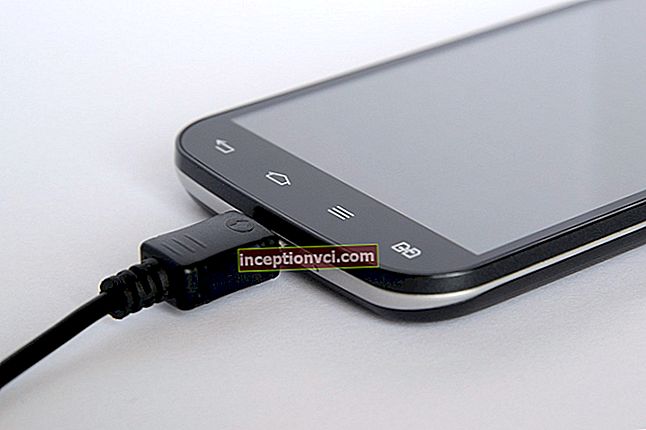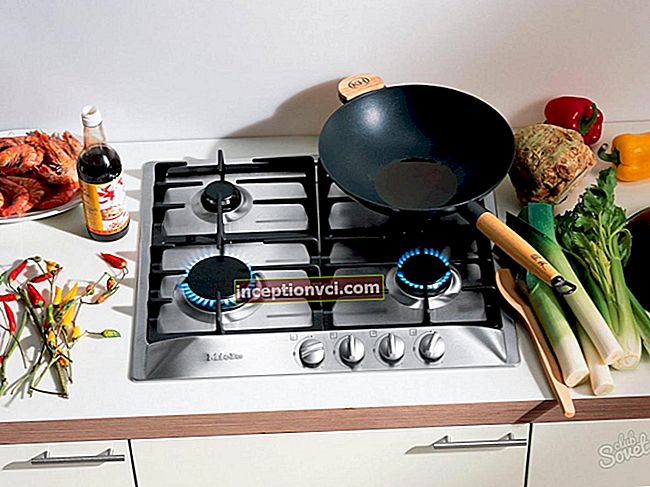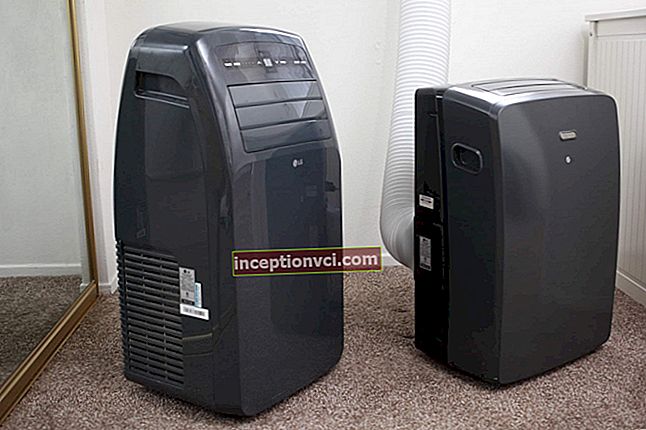AMD 3000 series video cards turned out to be productive, technological and inexpensive.
The not very successful line of Radeon HD 2000 has now been completely replaced by new products of the three thousandth series - the work on the bugs has been completed. The first new items were announced on November 15, 2007, and in the last days of January of this year, the ATI Radeon HD video card range was replenished with four more new products. Two modifications of the Radeon HD 3650 - the Radeon HD 3470 and 3450 - and the high-performance dual-processor Radeon HD 3870 X2 video card are now available in retail. In this article, we'll walk you through the main specs of these boards and evaluate the performance of AMD's new flagship.
AMD's portfolio includes six ATI Radeon HD 3000 graphics cards based on 55nm GPUs. Former solutions of the ATI Radeon HD 2000 series with 65- and 80-nanometer chips are being replaced by new boards and are gradually disappearing from the retail sale. The lineup of AMD video cards, depending on performance and price, is divided into four segments:
1 Budget: in the category of devices costing about $ 60, there are two solutions: Radeon HD 3450 and 3470, replacing the Radeon HD 2400 Pro and 2400 XT, respectively;
2 Gaming: from the entry-level models (from $ 80 to $ 100) - two versions of the Radeon HD 3650, differing in the type and frequency of memory; they replaced the Radeon HD 2600 Pro and XT models;
3 Models Radeon HD 3850 and 3870 came to the category of productive solutions;
4 High-performance graphics cards: Dual-processor Radeon HD 3870 X2, replacing HD 2900 XT. The architecture of the Radeon HD 3000 series graphics processors almost does not differ from the corresponding solutions of the Radeon HD 2000 series. The chips have the same number of computational units, and their device has not undergone any significant changes. The main innovations are support for DirectX 10.1, fast PCI Express 2.0 bus, ATI PowerPlay dynamic power management technology, as well as CrossFireX, which allows combining up to four video cards on one motherboard, and a UVD video acceleration unit. All Radeon HD 3000 series boards feature an advanced UVD block to reduce the CPU load when decoding HD video, as well as the load on the memory bus when decoding at high resolutions. This is especially true for budget models. AMD cites the following data: if when playing video in 1080i H.264 format on the Radeon HD 2400 Pro video card, the CPU load is about 97%, then on the Radeon HD 3450 it is only 22.6%, which is even lower than on the GeForce 8400 GS (26.6%). All HD 3000 series GPUs support dual DVI outputs, DisplayPort, HDMI, HD audio controller and HDTV encoder. However, the manufacturer of the video card is responsible for the implementation of this or that output, as well as for supporting the HDMI interface. In particular, not all models have DisplayPort outputs. The transition to a new technical process allowed to reduce power consumption and the area of the graphics processor. Accordingly, the amount of heat dissipated and the noise level emitted by the cooling system have decreased. Due to the smaller core area, the cost of video cards has also decreased.
Test bench configuration
CPU: Core 2 Duo E6750 (2.66 GHz)
Motherboard: ASUS P5K-E / WIFI-AP (Intel P35 + ICH9R)
RAM: Patriot PSD21G8002 x 2, 2 GB PC2-6400
Video cards: Radeon HD 3870 X2 Reference, Sapphire Radeon HD 3870, MSI NX8800GT T2D512E
HDD: Western Digital WD3000JS
OS: Windows XP SP2, Windows Vista Ultimate x64
Drivers: Catalyst 8.1, Forceware 169.02
Radeon HD 3450/3470
The Radeon HD 3450 and 3470 video cards are equipped with the RV620 graphics processor (LE and Pro, respectively), manufactured by TSMC. It consists of 181 million transistors and contains 40 stream processors, one texture unit, four texture filtering units, eight texture addressing units, 20 texture sampling units, and four rasterization and mixing units. The core of the video card Radeon HD 3450 operates at 600 MHz, the effective memory frequency is 1000 MHz. This is 75 and 200 MHz higher than the Radeon HD 2400 Pro. Thus, the performance of the new solution in 3D applications will be higher.The processing power of the entire core is 48 Gflops. The boards are equipped with 256 or 128 MBytes of DDR2 memory, the width of the memory bus is 64 bits. The low-profile design of the PCB makes it easy to install in a multimedia center or home theater computer. The core of the video card Radeon HD 3470 operates at 800 MHz, the effective memory frequency is 1800 MHz, which is 100 and 300 MHz higher than that of the Radeon HD 2400 XT. The board is equipped with 256 MB of high-speed GDDR3 memory, the width of the memory bus is 64 bits. Supports HD video playback of the new 1440p (2560x1440) standard. Both the HD 3450 and HD 3470 cards support Hybrid Graphics technology. Graphic hybrid Simultaneously with the announcement of new solutions, AMD introduced a technology that allows the use of a graphics core integrated into a motherboard in conjunction with a discrete video card - Hybrid CrossFire. There are two modes of operation - combining the resources of the integrated and discrete cores and disabling an external video card. The first mode is supported only by budget video cards, such as the Radeon HD 3450 and 3470, and motherboards based on the RS780 and older chipset. In this configuration, the performance gain is 40-80%, depending on the application. The secret of this success lies in the use of architecture-related graphics cores. However, if you install a more powerful video card - for example, the Radeon HD 3650 - and the integrated graphics core becomes a burden for the faster discrete one. Another mode of operation allows switching between integrated and discrete video cores. For example, to work in office applications, you can get by with the capabilities of integrated graphics. Disabling the discrete video card will reduce power consumption, noise level and temperature inside the system unit. The monitor in this mode is connected to the port of the motherboard, and the discrete board, if necessary, sends a video signal through the motherboard chipset. To all that has been said, there is only one thing to add: NVIDIA has a similar development called Hybrid SLI. Radeon HD 3650 The RV635 GPU installed on Radeon HD 3650 video cards consists of 378 million transistors, contains 120 stream processors, two texture units, 16 texture addressing units, 40 texture sampling units, eight texture filtering units and four raster and blend operations units. In quantitative terms, there are no changes compared to the Radeon HD 2600 Pro / XT. The core clock is 725 MHz, which is 125 MHz higher than the Radeon HD 2600 Pro, but 75 MHz lower than the Radeon HD 2600 XT, so the performance of the new board is slightly lower. However, what is lost can always be made up by overclocking. Powercolor, for example, offers the Radeon HD 3650 Extreme PCS, which runs at 800 MHz core. AMD recommends manufacturers to bundle boards with two different types of memory - GDDR3 with an effective frequency of 1600 MHz and DDR2 with an effective frequency of 1000 MHz. As you can see, the recommendations for the Radeon HD 2600 XT / Pro have not changed. On some models, both slower and faster memory may be found, the amount of which can vary from 256 to 1024 MB. The width of the memory bus is 128 bits. The power consumption does not exceed 75 W, so no additional power is required. The Radeon HD 3650 supports ATI Avivo technology, including two on-chip DisplayPort outputs.










